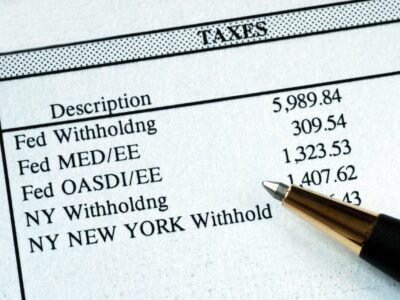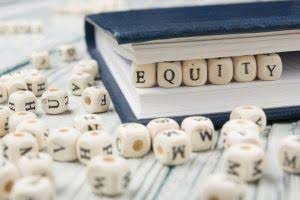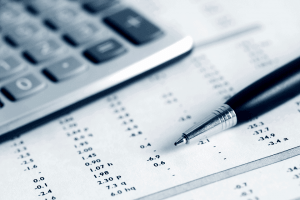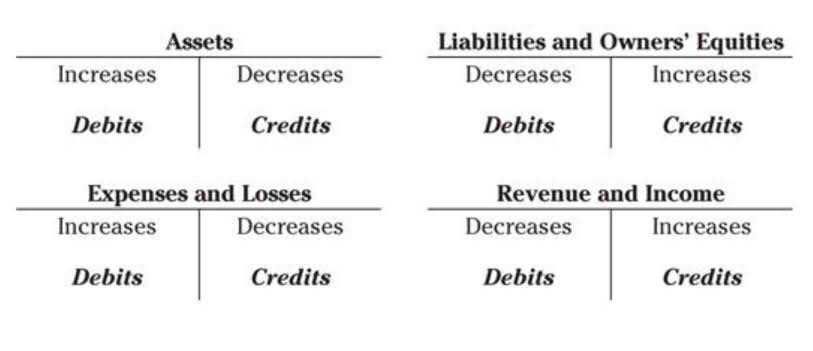
Looking at assets helps investors see what a company has and owes. By comparing what it can quickly use to its short-term debts, you can see if it can pay its bills. Looking at long-term assets shows how well it can make money in the future and handle long-term debts. The term owners’ equity is mostly used in the balance sheet of sole proprietorship and partnership form of business.
- If you need help understanding your balance sheet or need help putting together a balance sheet, consider hiring a bookkeeper.
- It’s important to note that how a balance sheet is formatted differs depending on where an organization is based.
- This means that curiosity and deductive reasoning skills are also useful.
- These programs also send your customers’ receipts, reconcile your transactions, and handle returns if necessary.
- Current liabilities are due within one year and are listed in order of their due date.
How to Read a Balance Sheet: A Step-by-Step Guide for Beginners in Accounting and Investment
- They play a greater role in reviewing what products or services a company needs, as well as how these efforts can be financed.
- Virtually every business needs fixed assets — long-lived economic resources such as land, buildings, and machines — to carry on its profit-making activities.
- The $6.33 billion in inventory listed assumes it will all sell for full price, and the $29.5 billion in accounts receivable assumes 100% of Apple’s customers will pay their bills.
- Looking for an even simpler way to create balance sheets that support your business?
- All participants must be at least 18 years of age, proficient in English, and committed to learning and engaging with fellow participants throughout the program.
- The “cash and equivalents” category on the balance sheet contains actual cash, as well as instruments like money market accounts.
By the end, you’ll feel ready to tackle your own business’s accounting — or at least navigate the fundamentals with confidence. The debt-to-equity ratio shows how much equity the company has relative to its liabilities. To read a balance sheet, you need to understand its different elements and what the numbers tell you about the health of your business. With a cash flow statement, you can see the types of activities that generate cash and use that information to make financial decisions. As you can see from the balance sheet above, Walmart had a large cash position of balance sheet for dummies $9 billion in 2025, and inventories valued at over $56.4 billion. This reflects the fact that Walmart is a big-box retailer with its many stores and online fulfillment centers stocked with thousands of items ready for sale.

How to Do Accounting for Small Businesses

This shows how much of the company belongs to its shareholders or owners. The Profit and Loss Statement or Income Statement shows a company’s income and expenses over a specific period, such as a month or year. The P&L can be used to see how your business is doing and whether it is making a profit or a loss. Depending on the company, different parties may be responsible for preparing the balance sheet. For small, privately held businesses, the balance sheet might be prepared by the owner or by a company bookkeeper. For mid-sized private firms, they might be prepared internally and then reviewed by an external accountant.
How to Read a Balance Sheet: Analyzing Liabilities and Equity

It records any money borrowed or loaned by the director to the business and any personal expenses paid for by the company on behalf of the director. It can be an asset or a liability, depending on whether the business owes or is owed the money. As a small business, it’s crucial to maintain a fixed asset register. This register serves as a comprehensive record, https://www.bookstime.com/bookkeeping-services/sacramento detailing all the information about each asset your business owns. Not only does it help in tracking the value and condition of your assets over time, but it also plays a vital role in financial management, ensuring accurate depreciation calculations.
Directors Loan Account: Understanding the Basics
- Companies often sell products or services to customers on credit; these obligations are held in the current assets account until they are paid off by the clients.
- We use assets and liabilities as our main terms, so don’t worry too much about keeping the debits and credits straight.
- Balance sheets give an at-a-glance view of the assets and liabilities of the company and how they relate to one another.
- For example, let’s say my company pays $5,000 in rent each month.
If you want to dive into creating financial statements, download our free financial statement templates to start practicing. Activity ratios focus mainly on current accounts to show how well the company manages its operating cycle (which includes receivables, inventory, and payables). These ratios can provide insight into the company’s operational efficiency. Financial ratio analysis uses formulas to gain insight into a company and its operations.

- When researching companies, the financial statement is a great place to start.
- Here, you will be guided on how to read a balance sheet so by the end of this blog, you’ll be ready to tackle any balance sheet you come across.
- This list is not comprehensive, but it should cover the items you’ll use most often as you practice solving various accounting problems.
- I keep track of this on a cash flow statement, which helps me see how well my company is managing its cash.
- Current assets are assets that a company can easily convert into cash within a financial year.
- Based on other factors about the company, you can determine whether it’s a good investment or if you might lose your money.
These revenues will be balanced on the assets side, appearing as cash, investments, inventory, or other assets. A balance sheet is a financial statement that provides a snapshot of a unearned revenue company’s assets, liabilities, and shareholder equity at a specific point in time. While an asset is something a company owns, a liability is something it owes. Liabilities are financial and legal obligations to pay an amount of money to a debtor, which is why they’re typically tallied as negatives (-) in a balance sheet. Your balance sheet can help you understand how much leverage your business has, which tells you how much financial risk you face.











